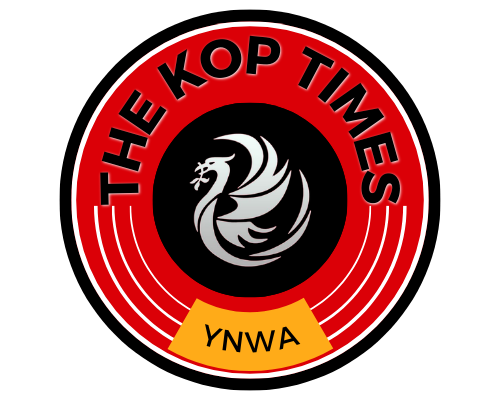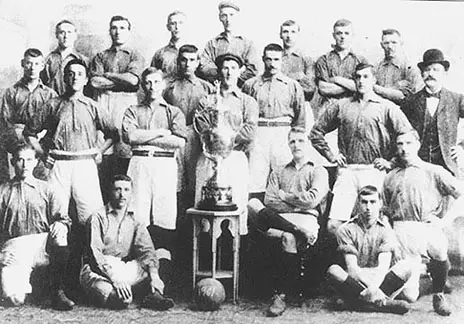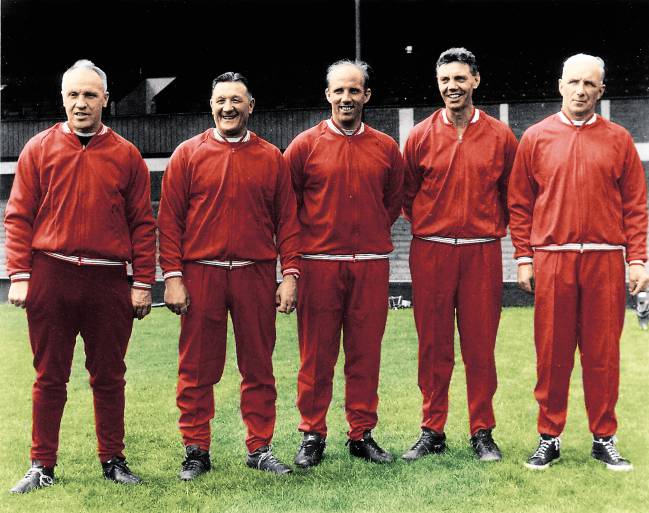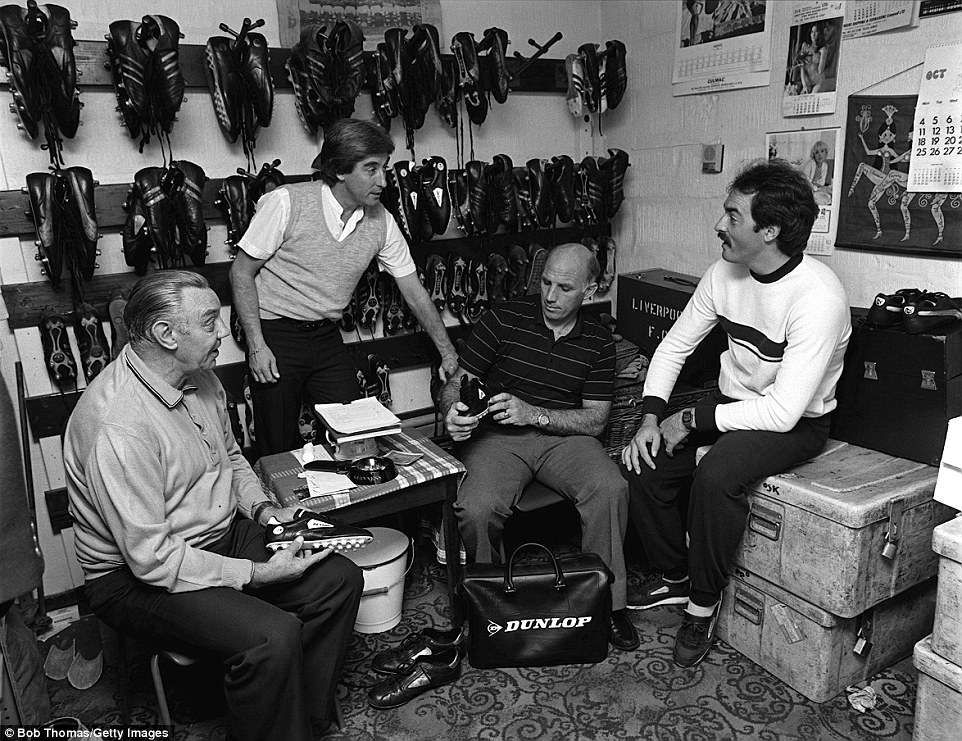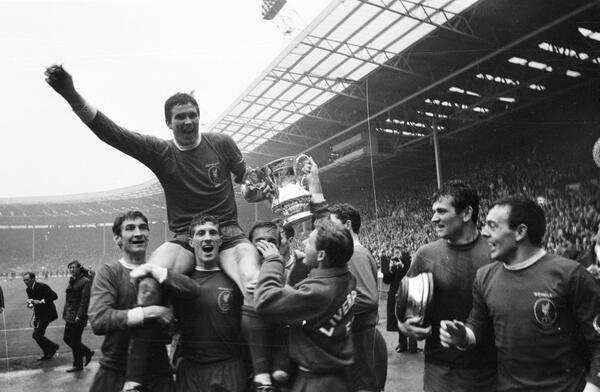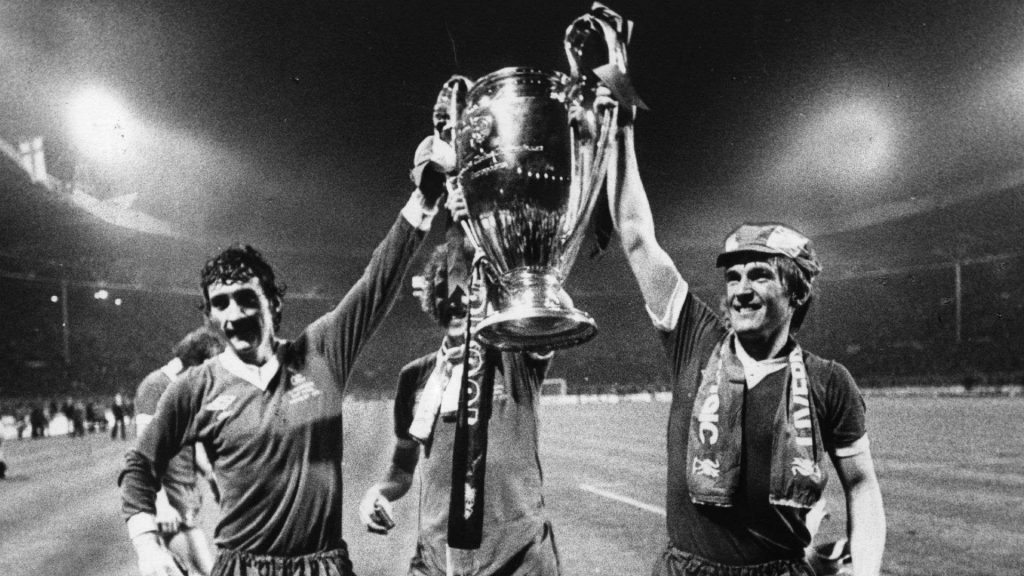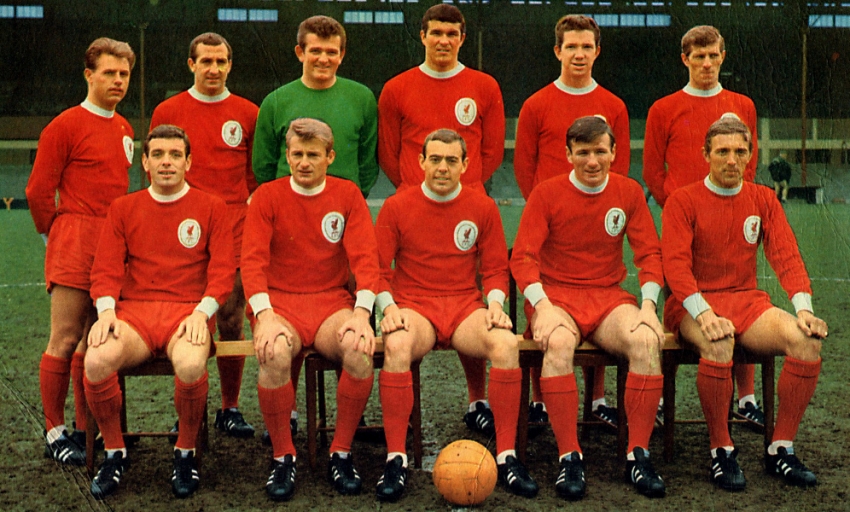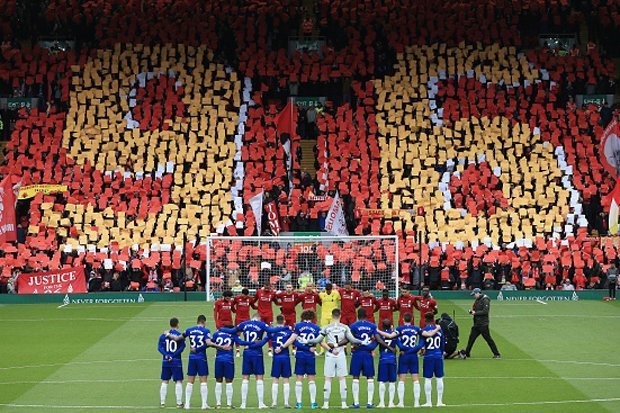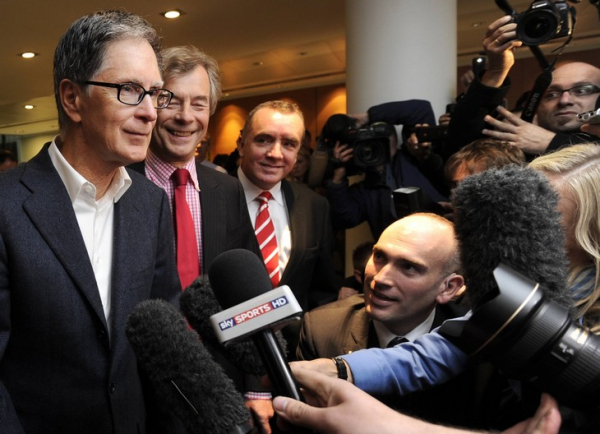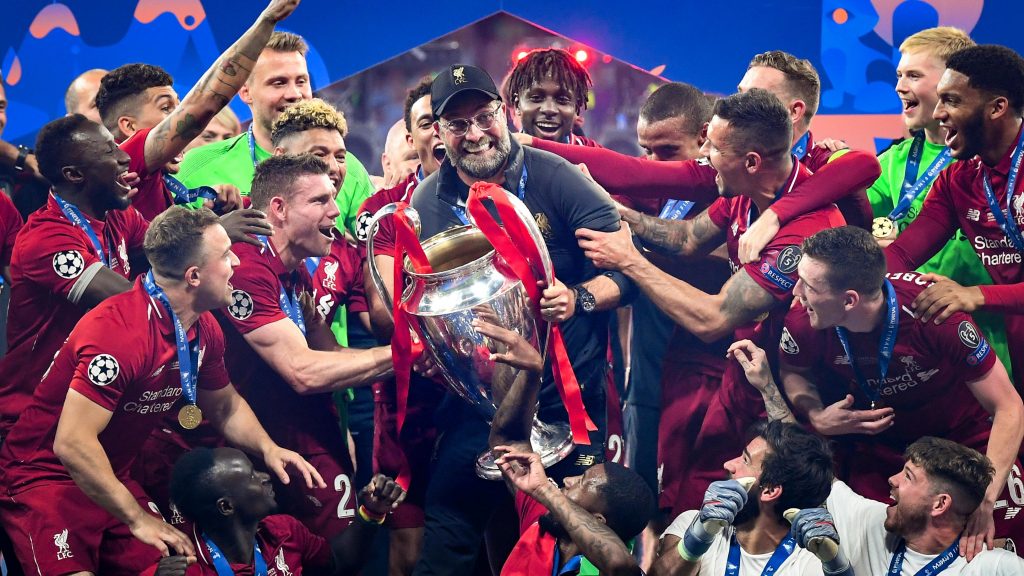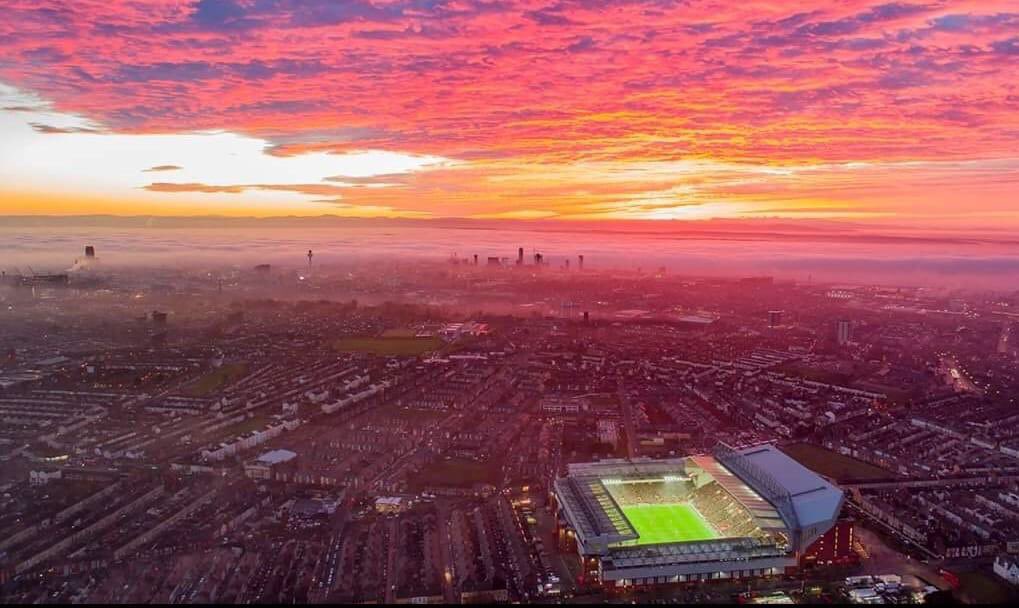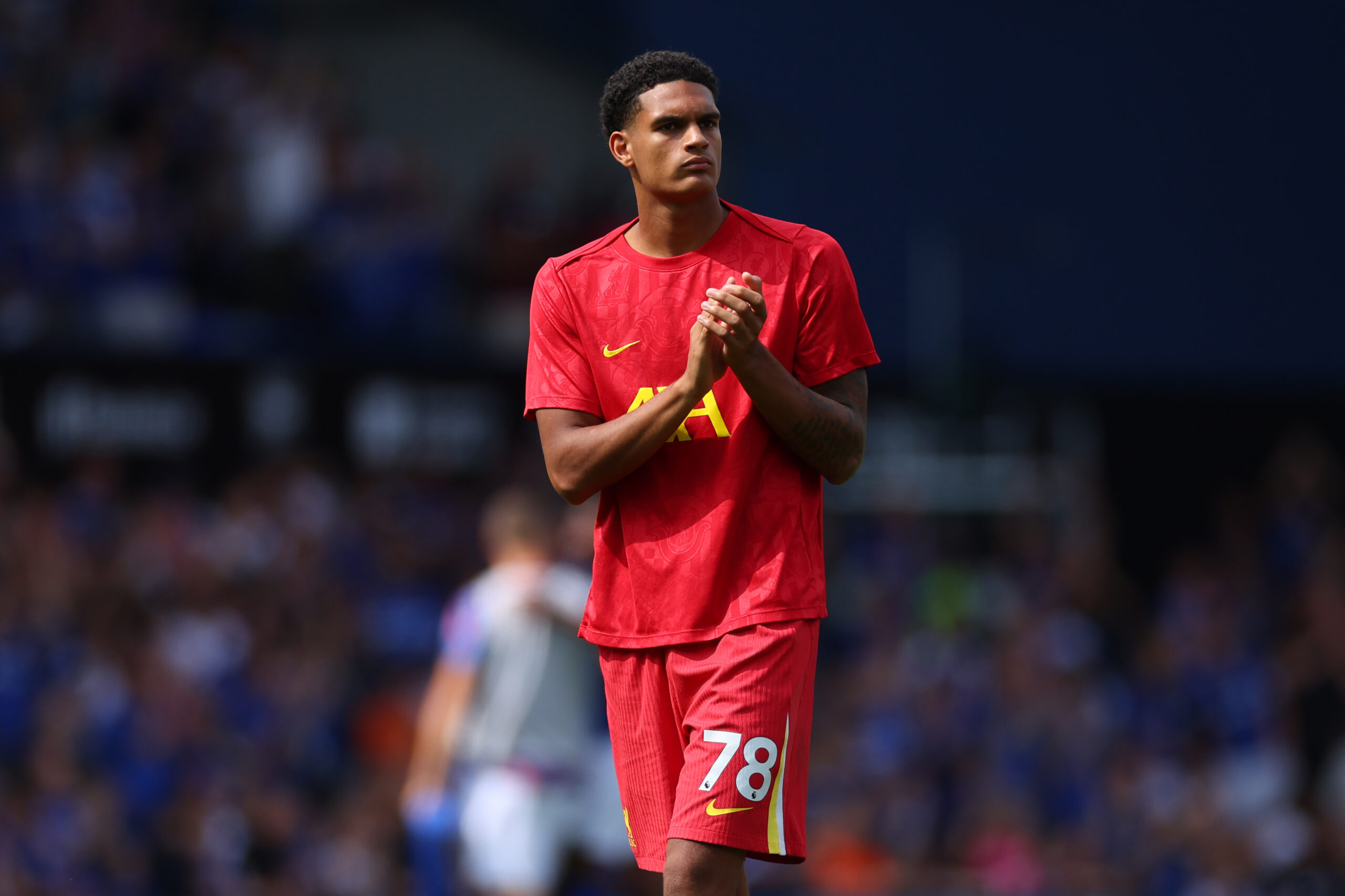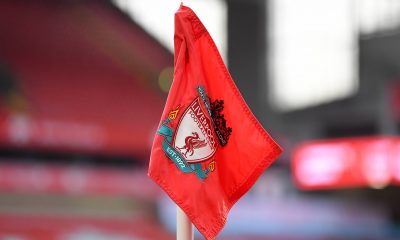ARTICLES
As Liverpool celebrate their 128th anniversary, here are 10 defining moments that shaped the club
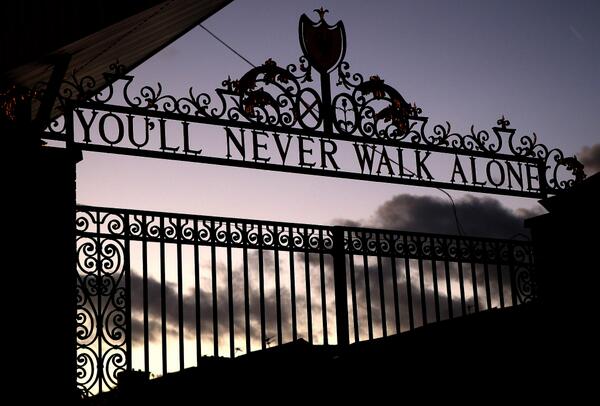
Ten moments in Liverpool history that shaped the club
March 15 is a key date in Liverpool history. With Everton having vacated Anfield, John Houlding had the next best thing to a chocolate teapot – a stadium with no team. He decided to create a new team that will occupy the stadium and compete against Everton.
Joined by William E. Barclay and John McKenna, Houlding decides to start a new team: Liverpool.
Originally named “Everton F.C. and Athletic Grounds Ltd”, the club became Liverpool F.C. in March 1892 and gained official recognition three months later, after the Football Association refused to recognize the club as Everton.
The newly formed club took to the field for the first time on September 1, 1892. Less than 100 spectators attended the game and little did they know that they were witness to the birth of one of Europe’s most storied and successful clubs.
On the 128th anniversary of the decision, we take a look at ten defining moments in the history of Liverpool Football Club.
1. First league win
Liverpool won the Lancashire League in their first season and started the 1893/94 season in the second division. An unbeaten season followed and the Reds were promoted to the first division. It was not to be a glorious ascension as the Anfielders, as they were known back then, were immediately relegated.
The defining moment came during the 1900-01 season when the team led by Tom Watson won their first league title. Liverpool won 19 of their 34 games and pipped Sunderland to the summit. Everton only finished sixth as Liverpool ushered in the new century as the top team on Merseyside.
Seventeen more titles would follow in the next 90 years but the success in 1901 vindicated Houlding’s decision to form the club and elevated the team to greater heights. You can take a look at how the Anfielders fared back then here.
2. Appointment of Bill Shankly and the Boot Room
When the then Huddersfield Manager arrived at Anfield in 1959, he found the club in a state of disrepair. The team was going nowhere in the second division as the Scot inherited a squad that was mostly average.
“My idea was to build Liverpool into a bastion of invincibility.”
Shankly did not let the inadequacies in infrastructure or players dishearten him as he immediately set about changing things.
He built a strong rapport with the fans and formed close relations with his backroom staff. Alongside Bob Paisley, Joe Fagan, Tom Saunders, Ronnie Moran, and Reuben Bennett, he converted an old storage room into the famed Boot Room.
It provided the setting for the quintet to have tactical discussions and also provided the club with a line of succession. In time, the likes of Paisley, Fagan and Moran would go on to succeed Shankly as the Reds made good on the Scotsman’s promise of becoming a bastion of invincibility.
The Boot Room was a training centre of sorts to educate the staff in the “Liverpool Way”. Liverpool’s ability to promote from within was observed as the likes of Kenny Dalglish and Roy Evans kept the tradition alive as they too went on to become managers.
It was eventually converted to a press room under the disastrous tenure of Graeme Souness in 1993.
Shankly was the person who made Liverpool into who we are today. He may not have presided over the most successful period in the club’s history, but it was his efforts that made it all possible, as he laid the foundations to make the Reds the best team in the land.
3. First FA Cup win
Fans today are used to opponents taunting us about not having won the Premier League. It was something similar back in the day as the FA Cup was the one elusive trophy that kept slipping our grasp.
Not so in 1965, as Bill Shankly’s team brought the famous trophy to Anfield. It was one of the Scotsman’s greatest ambitions – to win the FA Cup with Liverpool. He had passionately convinced the Liverpool board to sign Scottish duo Ron Yeats and Ian St John in 1961. Such was his confidence in them that he challenged the club to sack him if he got it wrong.
Shankley had told the directors that the team could win the trophy with these two players and his prophecy came true against Don Revie’s Leeds United four years later. St John was the hero as he scored the winner in the Reds’ 2-1 win over the Whites.
The legendary manager would go on to describe the victory as his greatest day in football. He would go on to win the trophy once more in 1973 in his penultimate season in charge.
4. A defeat that altered history
A lot can be understood from defeat if one is willing to learn from it. One such drawback in 1973 changed the fortunes of the club in Europe.
In 1973, Shankley’s juggernauts were on the rise. Liverpool had won the League and the UEFA Cup the previous season and looked to extend their success to the European Cup.
Confidence was high that the Merseysiders could go far into the competition. These thoughts were brought to a grounding halt when we faced Red Star Belgrade in the second round.
The Serbians won both the legs, showcasing technical expertise that Liverpool had no answer to. Red Star were applauded off by the Anfield crowd in what was seen as an acceptance of having been beaten by a vastly superior side.
The lesson was not lost on the management as Shankly clearly underlined what was lacking in his team’s arsenal.
“The Europeans showed that building from the back is the only way to play. When they play the ball from the back they play in little groups. The pattern of the opposition changes as they change.”
The fruits of that lesson would be borne by his successor Bob Paisley. Liverpool realized that they would need to alter their style to compete in Europe and duly did so. The likes of Tommy Smith were replaced by ball-playing defenders like Phil Thompson as the Reds ushered in a new style of football.
It would prove to be extremely effective as the Reds went on to win the 1976 UEFA Cup, following it up with four European crowns in the next eight years.
It is a style still used today, with the likes of Joe Gomez and Virgil van Dijk encouraged to build play from the back rather than act as barn doors for the opposition attack.
The Liverpool management showed a willingness and foresight to learn from their opponents. Liverpool are today the third most successful team in the European Cup/UEFA Champions League, only behind Real Madrid and AC Milan.
5. Adoption of an iconic kit
Liverpool did not always play in their iconic Red kit. The club initially opted to play in Blue and White after Everton decided to don Ruby Red from 1892 to 1896.
The Anfielders moved swiftly to co-opt the Red and White kit following Everton’s decision to revert to Royal Blue in 1896. It proved to be a stroke of luck as red and white were the municipal colours of the city of Liverpool. The club now not just bore the name but also represented the city’s colours.
Now christened the Reds, Liverpool played in red shirts and white shorts until 1964-65. When they played Anderlecht, Shankly decided that the players should line up in all red kits. Initially used only in Europe, the club adopted the colour permanently.
Shankly’s intention was to make his players appear intimidating and it is fair to say he brought about a revolution. Today, the club is known far and wide for the iconic red kit which is instantly recognizable even to people not acquainted with football.
6.The tragedy of Hillsborough
Liverpool have been a part of two of football’s biggest disasters – Heysel and Hillsborough. The latter hits home because of the personal nature of the event and the insensitive aftermath that followed.
96 fans lost their lives in what was Britain’s worst sporting disaster and their families have had to fight long and hard against an unfair system to obtain justice.
Their relentless struggle has not been in vain. In 2012, the Hillsborough Independent Panel concluded that Liverpool fans did not contribute to the Hillsborough disaster, citing ‘lack of police control’ as the reason for the tragedy.
It came as a vindication to the families who have fought for over two decades against overwhelming odds to clear the names of their loved ones.
Following the disaster, flames were added to either side of the Liverpool F.C. crest in memory of the 96 fans who lost their lives. The names of these fans were immortalized in the memorial at Anfield.
The 96 will never be forgotten on Merseyside.
7. That night in Istanbul
The night where the club showcased that even under overwhelming odds, there is always hope.
Truth be said, there is no way Liverpool should have been able to come back into the game. Not only were we three down but were also completely outplayed by a team boasting of some of the best to ever grace the game.
The comeback and the close calls in extra time hinted at a touch of destiny and irrefutable proof that this was written in the stars. For a team that has sparingly participated in the premier competition for almost two decades, the victory was a callback to the days of dominance.
It was the Reds’ fifth European cup, which meant that the club could keep the trophy permanently while also being bestowed the UEFA badge of honour. Getting to keep the exact cup Manchester United won in 1999 would have brought a grin to many Kopites’ faces.
8. End of an epic swindle – Gillet and Hicks kicked out
It may seem like a nightmare today but ten years ago, Liverpool were just a day away from going into administration. It could have spelt doom for the club that we all love and cherish so much.
The Hicks and Gillet tenure is one of the darkest phases in the club’s history with crippling debts, soured relationships between supporters and manager, broken promises, lack of investment and being lied to becoming the norm of the day.
Both Hicks and Gillet were forced to relinquish control of the club by the court with FSG’s offer to buy the club greenlit. FSG (previously NESV), have had their slip-ups but have shown over the years that they are committed to the club’s rise to glory.
9. The second coming of Shankly – Liverpool hire Jurgen Klopp
It was third time lucky for FSG as they finally got the man they coveted to lead the Red revolution at Anfield. Jurgen Klopp arrived at Anfield to much fanfare. He took over a team that lacked both character and identity, and gave them a direction.
The ‘Normal One’ promised no miracles but has delivered nothing short of one as he has galvanized the club from the bottom up – both on and off the pitch. He has taken a team flirting on the edges of Europa League to European and world domination.
Klopp has presided over the club’s sixth European triumph and followed it up with our first World Club Championship. He also looks set to end the Reds’ wait for their 19th league title as the club is currently 25 points ahead with nine games left to play.
The German extended his Liverpool contract until 2024 and has also commented on his intention to ensure that the club are left in a strong position when he eventually decides to leave. If Liverpool becomes a bastion of invincibility once again, it will be because Klopp has laid the foundation for us to do so.
More Liverpool News
- Liverpool handed a boost in their pursuit of Kai Havertz as Juve think twice
- Timo Werner is a target for Liverpool and the Reds could get rid of four senior stars in the summer window
- Virgil van Dijk sends title message to Premier League rivals
10. Home sweet home – Decision to stay at Anfield
Liverpool decided to shelve plans for a new stadium and chose to redevelop Anfield instead. The club will continue to vie for dominance powered by their spiritual home.
Anfield is one of the greatest sporting arenas in the world and is renowned in European footballing folklore for its ability to galvanize the players in Red.
The first phase of the redevelopment was completed with the opening of the new main stand in 2016, increasing the stadium’s capacity by 8500 seats.
The club are currently looking to redevelop the Anfield Road end, which should see the stadium’s capacity increase to around 61,000.
